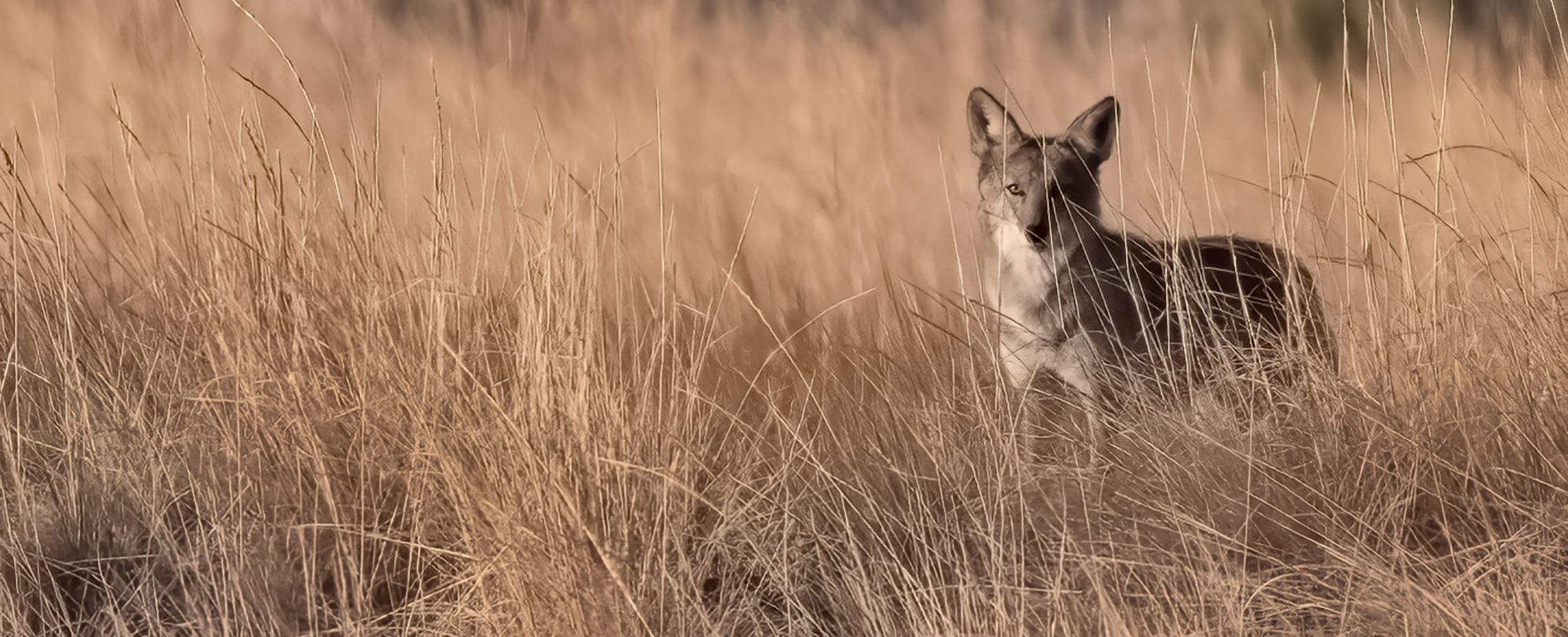
Coyotes in Utah
Coyotes in Utah are a widespread and adaptable species, thriving across various habitats in the state, from deserts and grasslands to urban areas and mountain forests. Their ability to adapt to different environments, including those altered or created by humans, has made them one of the most successful carnivores in North America.
Physically, coyotes in Utah are medium-sized animals, typically weighing between 20 to 50 pounds, with a coat color that varies from gray to brown, helping them blend into their surroundings. They have a bushy tail, pointed ears, and a narrow, elongated snout. Coyotes are opportunistic feeders and have a diverse diet that includes rodents, rabbits, fruits, insects, and carrion. In urban areas, they may also scavenge on human refuse or pet food, which can sometimes lead to conflicts with humans.

Coyotes are known for their intelligence and resourcefulness, traits that have enabled them to navigate the challenges of habitat fragmentation and urbanization. In Utah's wilderness areas, they play a crucial ecological role by controlling rodent populations and cleaning up carrion. However, their presence in urban and suburban areas of Utah has necessitated public education about coexisting with wildlife. This includes securing garbage, supervising pets, and understanding coyote behavior, especially during the mating and pup-rearing seasons when coyotes can be more defensive and visible.
The social structure of coyotes is also fascinating. While often seen alone, they can form family groups, especially when rearing young. These groups are sometimes seen hunting together or during social interactions, which can include vocalizations like howls and yips. These sounds, particularly common at dusk and dawn, have become synonymous with the wild landscapes of Utah.
Coyote populations in Utah are managed by the Utah Division of Wildlife Resources, which includes monitoring their numbers and health, as well as implementing management strategies when necessary. These strategies are essential in areas where coyotes have significant interactions with humans or impact other wildlife species, such as in the management of ungulate populations or in areas where endangered species are present.
Conflicts between coyotes and humans in Utah, while not frequent, do occur, particularly in areas where human and coyote habitats overlap. In such situations, wildlife authorities often use a variety of management techniques, including public education, hazing (a method to scare off coyotes without harming them), and, as a last resort, removal of problematic individuals.
In summary, coyotes in Utah are a resilient and adaptable species, thriving in a wide range of habitats across the state. Their presence reflects the dynamic balance between Utah's natural ecosystems and the encroachment of urban development. Managing their populations and the interactions between coyotes and humans requires a combination of scientific understanding, public education, and adaptive wildlife management practices.